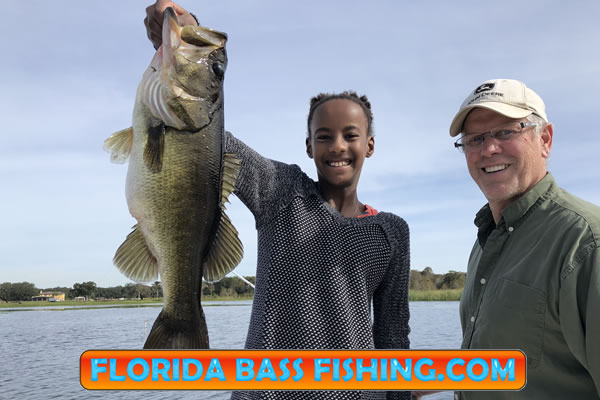Bass fishing is an exciting, challenging and rewarding sport. It’s also a great way to spend time outdoors with friends and family. But to be successful, you need the right gear, including the right weight line.
Weight lines come in four basic types: monofilament, braided, fluorocarbon and hybrid. Each type has its own pros and cons depending on the type of bass fishing you’re doing and the conditions you’ll be facing.
Monofilament lines are made from nylon or polyethylene materials and are generally the least expensive option for bass fishing. Monofilament lines are more flexible than other types of lines, making them popular among anglers who need more sensitivity when feeling out a bite.
Monofilament is also easy to cast and can be tied into knots easily. However, it’s less durable than other types of line and can stretch when under pressure from a big catch.
Braided lines are usually made from fibers like Kevlar or Spectra that are woven together for extra strength. Braided line is more durable than monofilament, making it ideal for anglers who need more strength when fishing in larger bodies of water or hauling in heavier catches.
It’s also thinner than other types of line, so it allows for longer casts and greater accuracy when casting in tight areas. The downside to braided line is that it can be stiffer than other types of line, which can make it harder to feel out a bite in certain conditions.
Fluorocarbon lines are made from polyvinylidene fluoride (PVDF) materials that make them virtually invisible underwater. This makes them perfect for stealthy fishing scenarios where visibility is important—like shallow water or clear water scenarios where bass can easily spot your line coming in from above them.
Fluorocarbon is also more durable than monofilament and less stiff than braided line so it’s great for feeling out bites in most conditions. The downside to fluorocarbon is that it’s more expensive than other types of line so if you’re on a budget this might not be the best option for you.
Hybrid lines combine elements of both monofilament and fluorocarbon into one product giving you the best of both worlds—flexibility from monofilament coupled with durability from fluorocarbon—without breaking the bank like pure fluorocarbon would do. Hybrid lines offer great sensitivity while still being strong enough to handle large catches without stretching too much or breaking under pressure like monofilament sometimes does.
So what weight line is best for bass fishing? Ultimately this depends on your own personal preferences as well as what type of bass fishing you’ll be doing and what type of conditions you’ll be facing.
In conclusion, while there is no one-size-fits-all solution when choosing a weight line for bass fishing, there are several different options available that each have their own set of advantages depending on what kind of fishing you’re doing and what kind of conditions you’ll be facing – monofilament, braided, fluorocarbon or hybrid – so anglers should research these options before investing in any particular type of line.
What Weight Line Is Best For Bass Fishing?
Ultimately this depends on your own personal preferences as well as what type of bass fishing you’re doing and what type of conditions you’ll be facing – but there are several different options available (monofilament, braided, fluorocarbon or hybrid) that each have their own set of advantages depending on your needs.

